- Hyperscale data center and cloud service provider panelists Facebook and Microsoft will discuss how E1.S (SNIA specification SFF-TA-1006) helps solve performance scalability, serviceability, capacity, and thermal challenges for future NVMe SSDs and persistent memory in 1U servers.
- Server and storage system panelists Dell, HPE, Kioxia, and Lenovo will discuss their goals for the E3 family and the new updated version of the E3 specification (SNIA specification SFF-TA-1008)








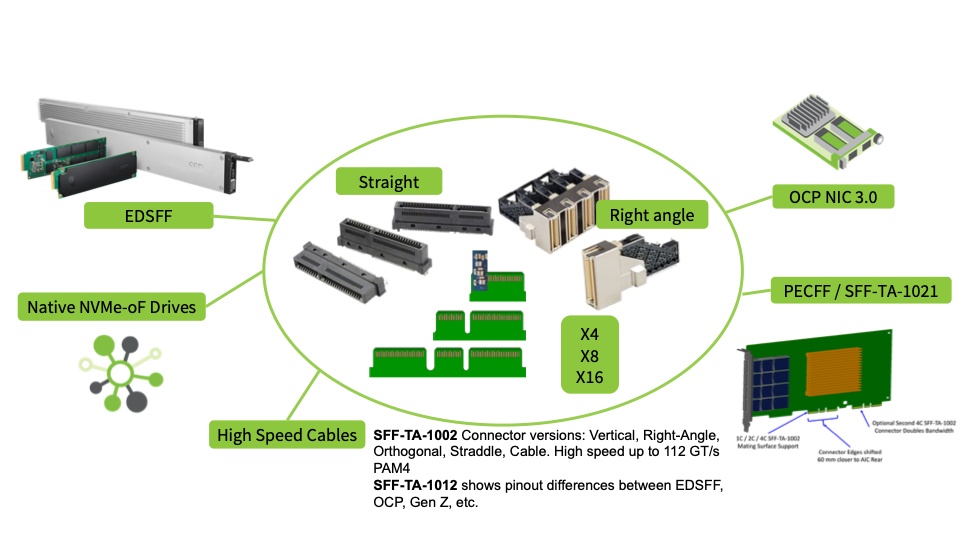
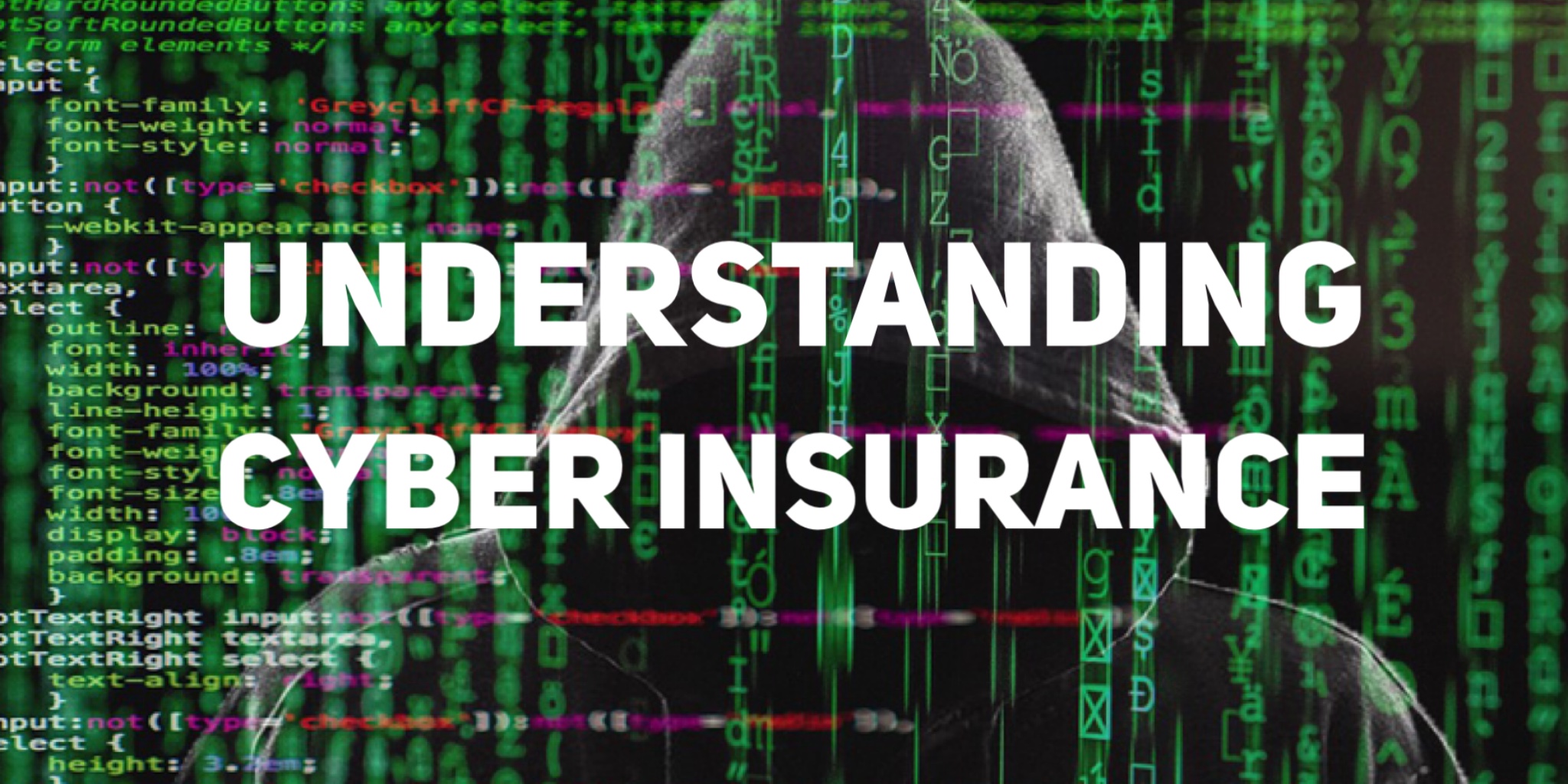
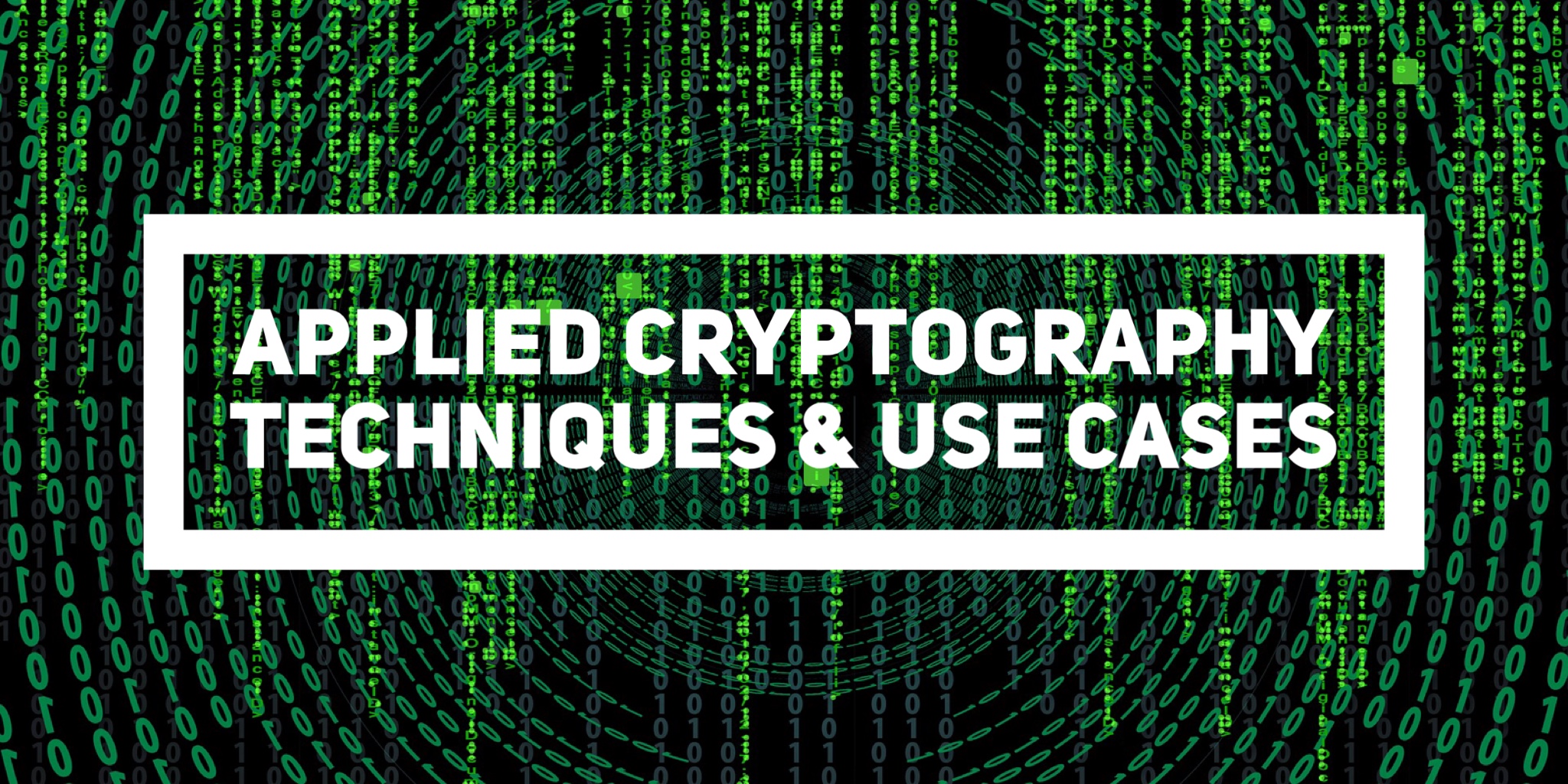
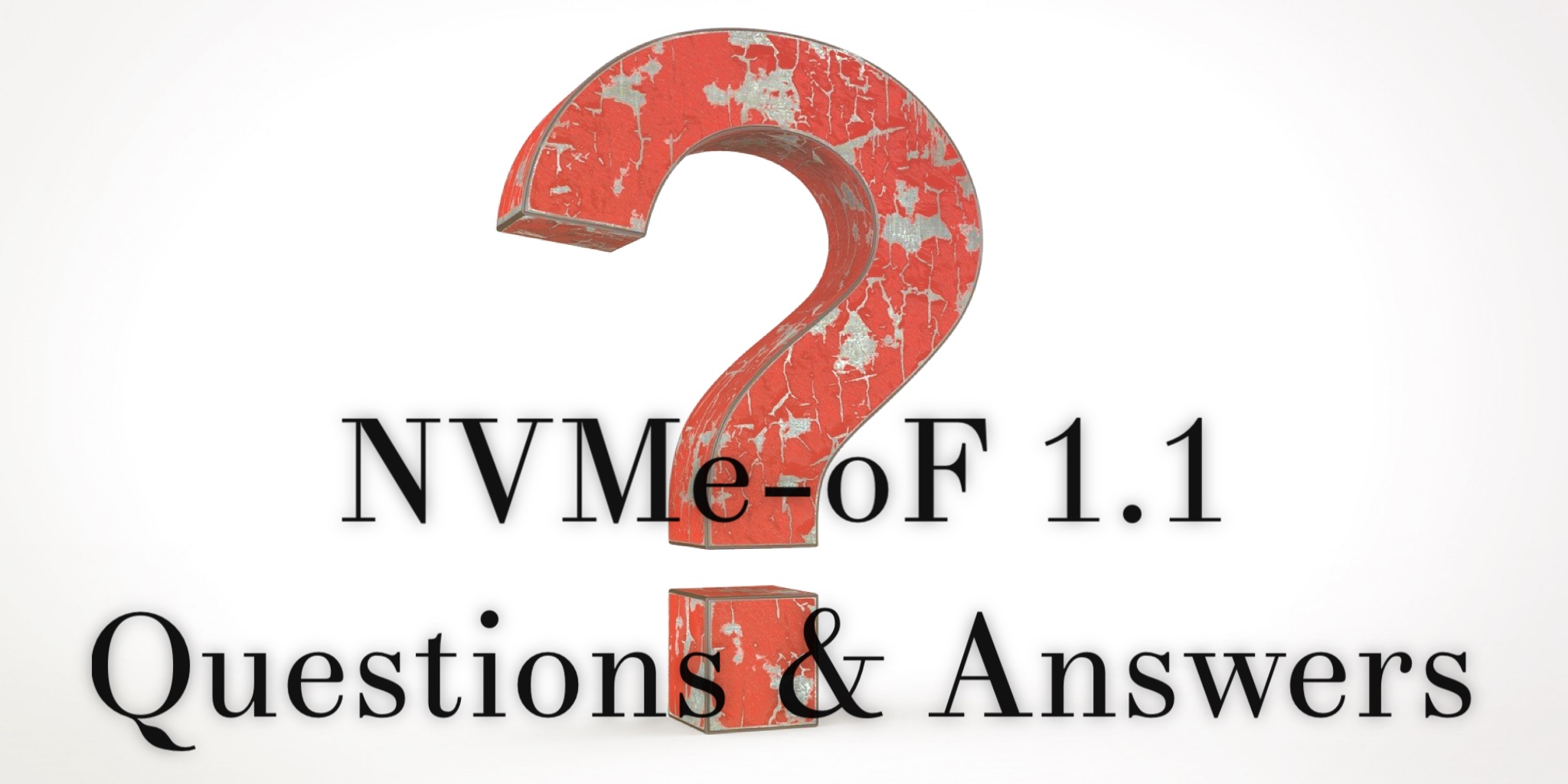
 1.1
1.1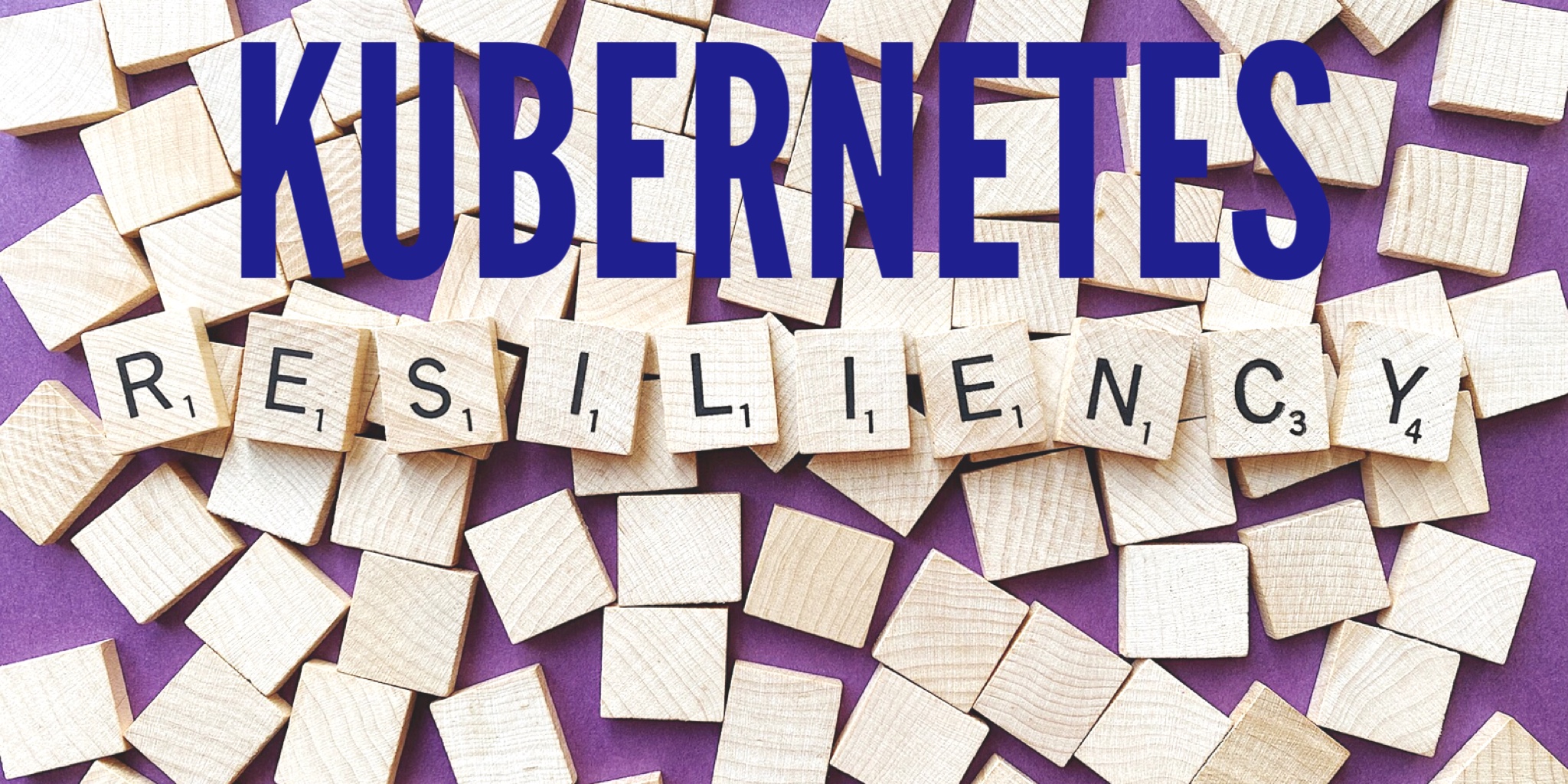
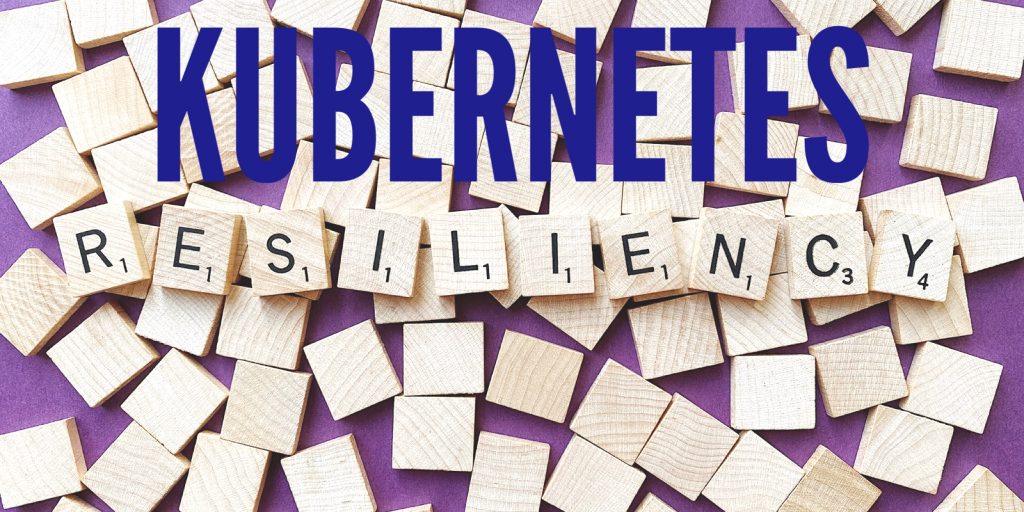
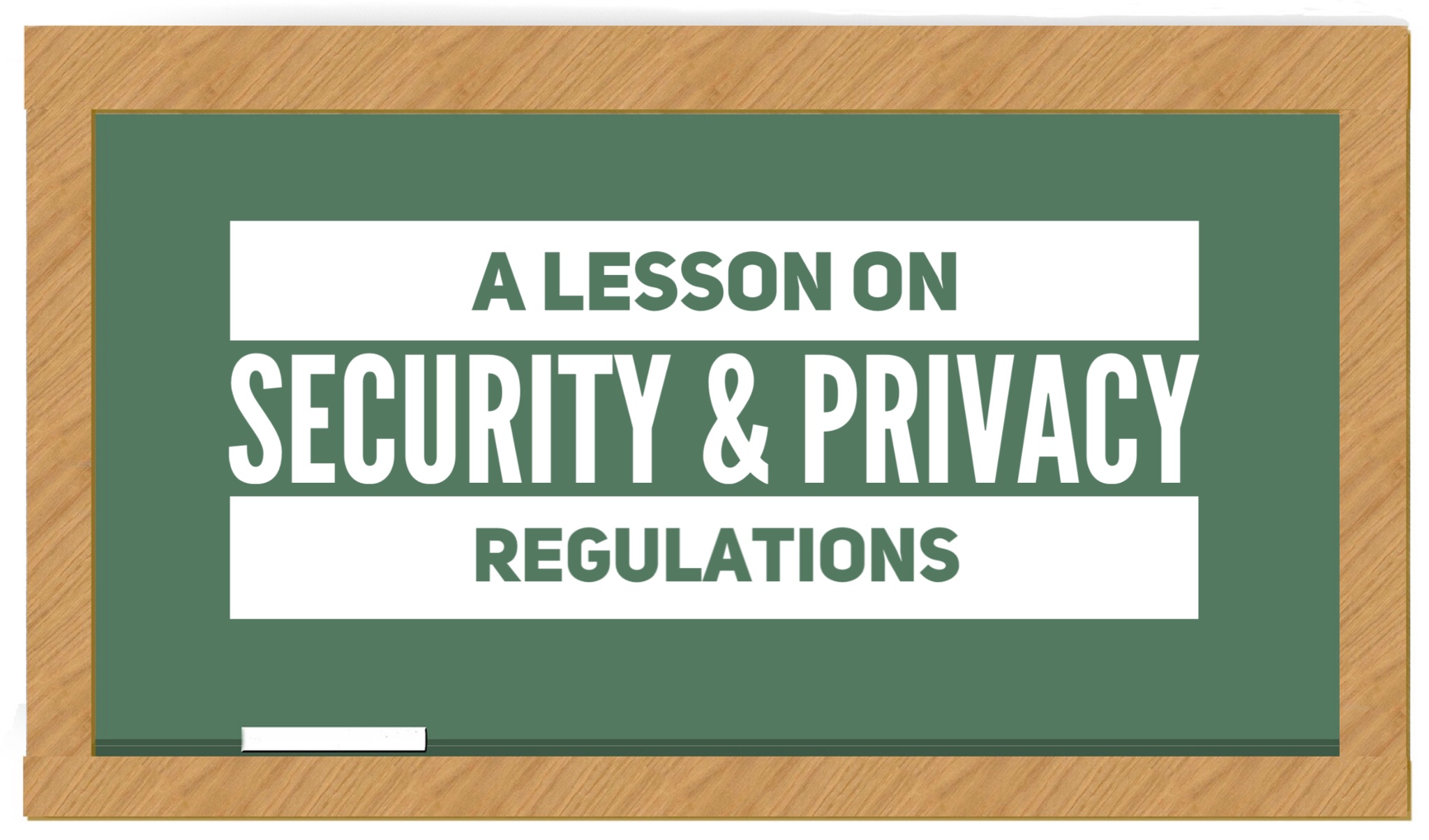

Leave a Reply